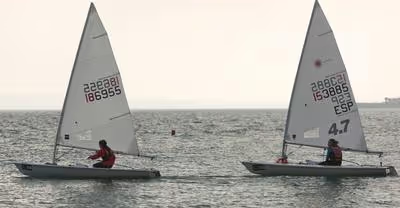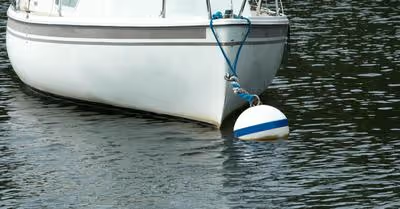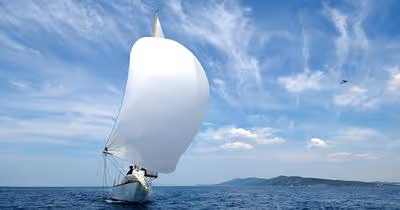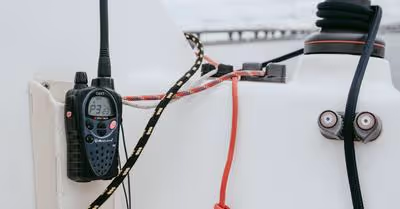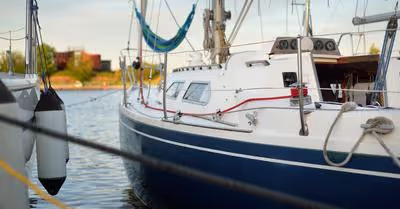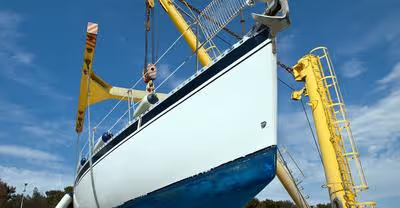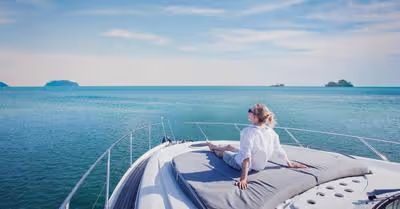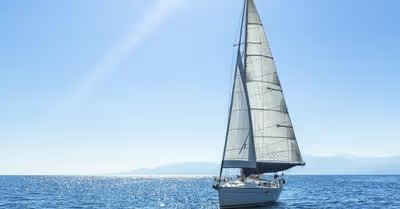Table of Contents
The Basics Of Reading The Wind
The first step in understanding the wind is to understand the Earth's atmosphere. The Earth's atmosphere is a layer of gases that surrounds the planet. These gases are held in place by the Earth's gravity. The Earth's atmosphere is divided into several layers, which vary in temperature and composition.
The layer of the atmosphere closest to the Earth is called the troposphere. The next layer of atmosphere above this one is called the stratosphere. It contains ozone, which absorbs ultraviolet light from the sun and helps protect us from it.
Wind is created because of differences between areas of high and low pressure in the Earth's atmosphere. This difference in air pressure causes air to move from one area to another, creating wind.
The sun heats different parts of the Earth at different rates, causing some areas to heat more than others. This, in turn, causes areas of lower pressure to develop. Air molecules move from higher-pressure regions to lower-pressure ones, creating wind.
Scientists use weather maps with isobars (lines of equal air pressure) on them to track the movement of high and low pressure systems on Earth's surface. Winds are fastest near the borders of these systems.
Wind is created by the uneven heating of the Earth's surface. Warm air rises, while colder air pushes it out of the way. The faster something moves, the more wind resistance it creates. This is why wind speed is measured in knots- it's the number of miles traveled per hour by a ship moving at a speed of 1 nautical mile per hour.
Wind will stay in the same general direction but there tends to be slight variations in direction and strength of wind. These variations are called wind "vectors". These winds can be broken down into:
- Head Wind - the wind that is coming at you directly from your destination. This will slow you down and make navigation difficult until you reach a point where this headwind begins to drop off and other vectors take hold such as a tailwind or crosswind.
- Tailwind - the wind that is blowing behind you and helping to push you in the direction you're sailing. A tailwind can be a real blessing, making it easier to travel with the wind and reach your destination faster.
- Crosswind - the wind that is coming at you from the side. This can create problems when trying to make a course correction, as the wind will push you in the opposite direction you're trying to go.
- Leeward - the side of your boat that the wind is blowing against. This can cause problems with boat speed and control.
- Windward - the side of your boat that the wind is blowing on. This is the side you want to be on when sailing, as it will help you move faster and make course corrections easier.
Reading the Wind on Land
Now, you might wonder why we're covering this first, but there's a lot of similarity between reading wind on land and at sea. And If you've ever sailed in the "shadow" of a building while coming into dock you'll know what we mean.
The first step in reading the wind is to understand how it behaves on land. There are three main factors that determine the wind's behavior: terrain, pressure systems, and temperature.
The first factor to consider is terrain. The features of the land will affect the wind in two ways: by obstructing it and by creating turbulence. Obstructions, such as mountains, forests, or buildings, will cause the air to pile up in front of them. Turbulence is created in areas where wind flows past the land in different directions, such as in an inlet or bay.
Both of these effects will cause high pressure to develop on the leeward side of obstructions and low pressure on the windward side. Forests usually experience lower wind speeds than open areas, because the trees disrupt the flow of air.
The second factor to consider is pressure systems. A high pressure system will cause the wind to blow from the high pressure area to the low pressure area.
The third factor to consider is temperature. The temperature gradient is the difference in temperature between two locations. Wind speeds will increase as you move toward colder temperatures and decrease as you move toward warmer temperatures. This is due to the increase in overall air pressure.
Using the winds while at sea
Reading winds are just one factor in efficient sailing. We’ll also talk briefly about how to use currents while at sea. Let’s dive in on cloud shapes and other phenomena to help you read the wind while sailing.
Look at the clouds
The shape of the clouds can tell you a lot about the wind direction. If you see cirrus clouds (thin, wispy clouds), this means that the wind is low and variable. If you see cumulus clouds (cotton ball looking ones) with no other clouds around them, this means that the next few hours will be choppy with winds changing drastically. They can tell you which way the wind is blowing, but they can't tell you the strength of it.
Use a wind vane or weathercock. These devices can help you determine the direction of the wind even when you can't see it.
As silly as it sounds, feel the wind! The best way to know the strength of the wind is to feel it in your face. If you can't feel it, then the wind is too light; if you can't talk without yelling, then the wind is too strong.
Generally speaking, 10 knots (10 nautical miles per hour) is considered ideal for most sailors; it will get you where you need to go while still allowing time for leisurely sailing. If the wind is blowing faster than that, you'll need to use a smaller sail; if it's slower, you can use a larger sail.
Currents are another important consideration while sailing. Just as the wind can push you in one direction or another, currents can do the same thing. In some cases, the current can be so strong that it can actually push your boat in the wrong direction!
Fortunately, currents are not always a bad thing. In fact, using the current to your advantage can be a very useful sailing technique. As an example, if you're trying to cross a large bay, you can use the current to help you move faster.
As you can see, using the wind and currents while sailing is an important part of the sailing process. By understanding how these factors work, you can use them to your advantage while out at sea.
The direction of the wind can be determined by looking at the flags onshore. When the flag at the top of the pole is facing into the wind, it means that the wind is blowing from that direction. When the flag at the bottom of the pole is facing into the wind, it means that the wind is blowing away from the shore.
You can also look at streamers on your boat, as they function similarly to flags onshore. A streamer at the top of your mast facing away from the shore is blowing with the wind. A streamer at the bottom of your mast facing toward the shore means that it's blowing against you.
The strength of wind can also be determined by how far out flags are extended. The further out they are, the stronger the wind is.
You can also look at the sea. If there are small, choppy waves that don't reach up very high in the air, then the wind is gentle. Large waves indicate strong wind.
Recent Articles



